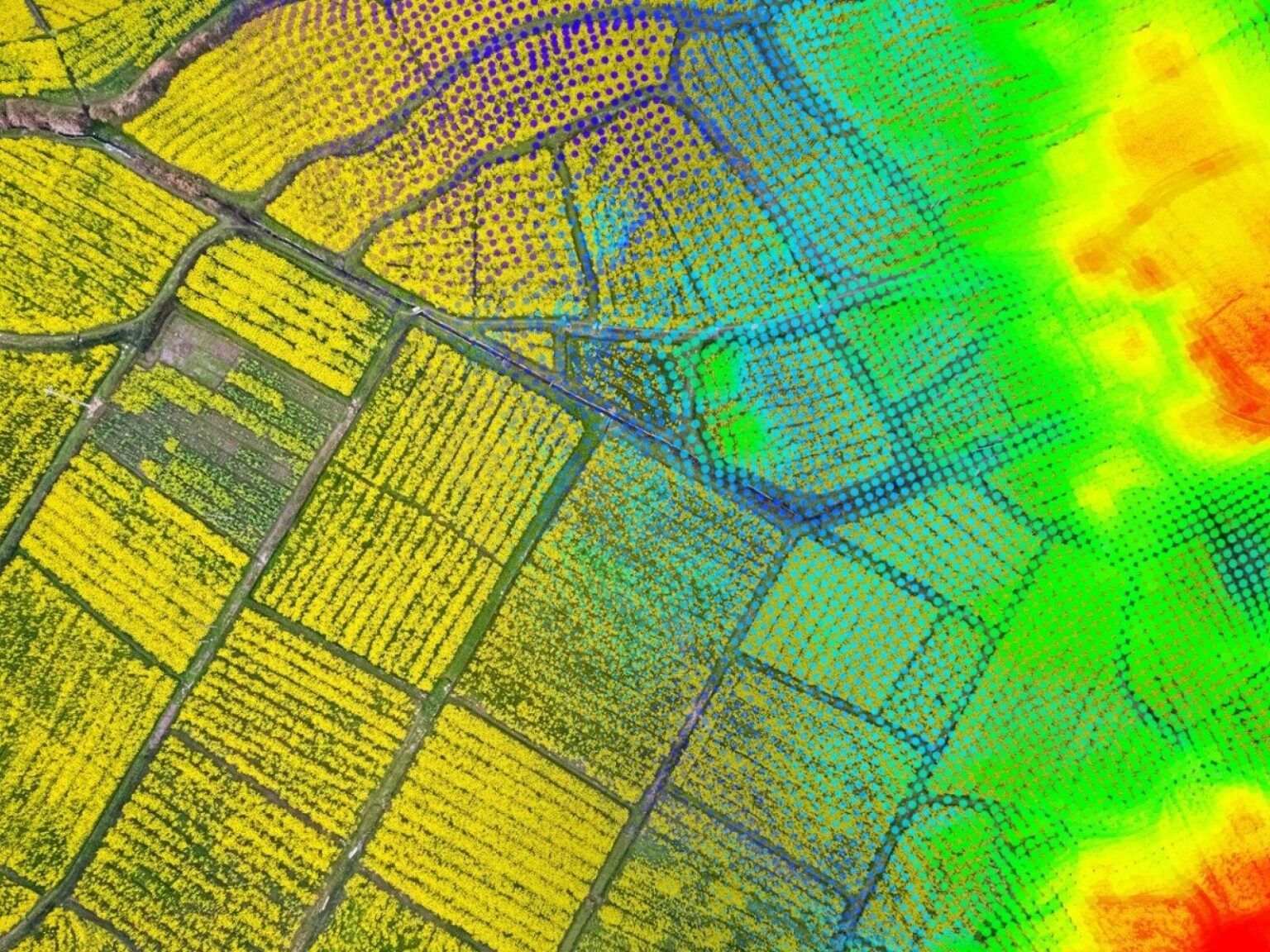American scientists become interested in the fact that satellite observations of the climate have a significant impact that agriculture has on it. They have created a new climate model that takes into account the contribution of fields to the global carbon cycle.

Agriculture and climate
The two most important areas of application of satellites in orbit to biological processes on Earth are the study of agricultural resources and the monitoring of climate change. Recently, researchers from the Pacific Northwest National Laboratory (PNNL) have noticed that a previously developed model of the planet’s climate based on satellite data gives too many errors. And their cause is agriculture, which contributes significantly more to the global carbon cycle than similar natural areas.
Agricultural plants are able to bind much more carbon than wild trees and grass. They have a great impact on both the local climate and the global one. And that is why in the new model all this influence of agriculture is taken into account. They have a great impact on both the local climate and the global one. And that is why in the new model all this influence of agriculture is taken into account.
New climate model
According to experts, observations played an important role in creating a new model. They were carried out, among other things, with the help of satellites engaged in monitoring agriculture. Thanks to them, it was possible to obtain maps with the distribution of different crops in the fields. Accordingly, separate conclusions have been drawn for each of them regarding how it affects the carbon cycle.
For example, scientists have studied how crop rotation of corn and soybeans, which are often grown in the Midwest of the United States, affects the carbon cycle. When the research team launched the model with the presented crop rotation, the results of carbon exchange between crops and air were much closer to the observed values.
The results of the work done were amazing. It turns out that the new model is 40 percent more accurate than the previous one. However, scientists do not stop there and will continue to use data on agricultural land for climate modeling.
According to phys.org
Follow us on Twitter to get the most interesting space news in time
https://twitter.com/ust_magazine

